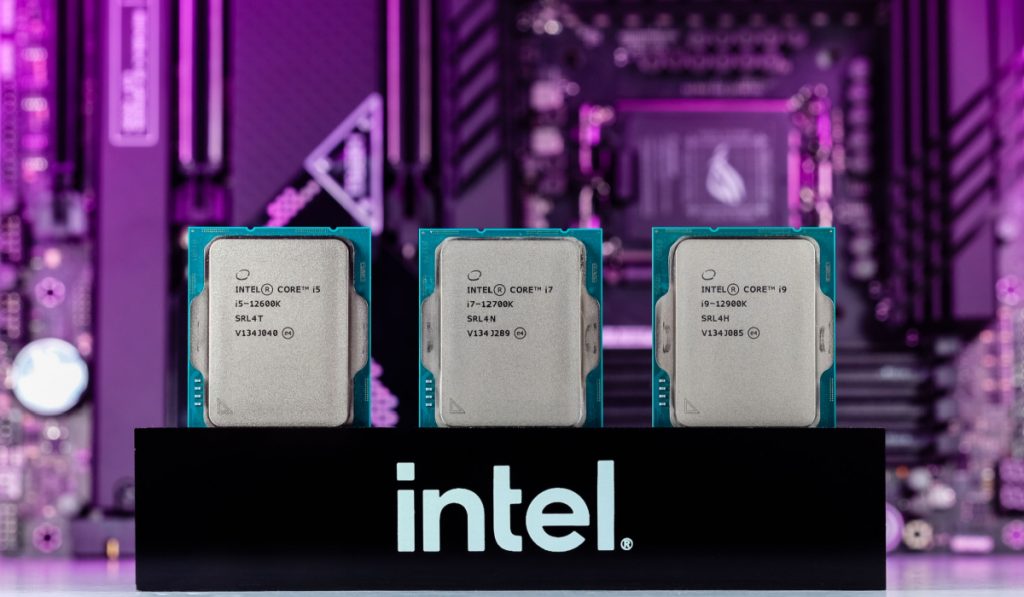Highlights –
- According to Intel, their most recent research could enable chips with more than a trillion transistors by 2030, significantly expanding the concept of Moore’s Law.
- Because Intel’s work is typically five to ten years ahead of commercially available technology, the methods and processes the organization is developing now could very well meet the 2030 target.
Last weekend, Intel Corp. researchers unveiled a variety of technological breakthroughs and concepts, including advancements in packaging that might lead to computer chips that are ten times more powerful than the most cutting-edge silicon currently available.
The business claims that its most recent research could enable chips with more than a trillion transistors by 2030, greatly extending and expanding the concept of Moore’s Law.
Gordon E. Moore, the co-founder of Intel and a former CEO, first proposed Moore’s Law in 1965, and the computer chip industry has followed it for a long time. The law, which is more of a chipmaker option, asserts that the number of transistors on a microchip will double every two years as chip manufacturing technology develops. As a result, we can anticipate new computers becoming faster and more powerful every two years while paying less for them.
For many years, Moore’s Law held true, but chipmakers have recently warned that they are finding it challenging to keep up! This year, the CEO of Nvidia, Jensen Huang, was the most recent in a long series of individuals to declare that Moore’s Law is no longer valid. Intel, though, is not prepared to concede defeat.
On Sunday, Intel presented new research at the IEEE International Electron Devices Meeting 2022 that highlighted many methods, materials and technologies it intends to use to produce chiplet-based trillion-transistor processors by 2030.
Intel has already made such a pledge, which asserts that to meet the world’s unending demand for computing power, Moore’s Law must be maintained. It mentions how increased data consumption and the development of artificial intelligence have increased the demand for computing power.
The increased performance and efficiency of central processing units are among the areas in which Intel’s new transistor and packaging research is concentrated. Additionally, it is considering how to reduce the gap between new chiplet-based designs and conventional single-die processors.
To boost performance, one idea it presented entails drastically reducing the spaces between chiplets. Another illustrates transistors that can maintain their state even after losing power. The research also involves “stackable memory solutions,” as described by Intel, that help improve overall chip performance.
Intel has made advances in a number of areas. For instance, its most recent hybrid bonding research shows a 10-fold increase over the presentation from the previous year. A deeper knowledge of interface flaws that might affect data storage and retrieval is also included in its submissions, along with designs that use new materials with a thickness of under three atoms.
One of the most significant internal research groups at Intel, the Components Research and Design Enablement team, is where the new concepts came from! Engineers and designers at this company are entrusted with creating and refining new processes and materials to aid semiconductor producers in their ongoing efforts to reduce computer chip technologies to the atomic scale.
For instance, the CR group developed Intel’s extreme ultraviolet lithography technology. Because of this, it has been able to keep reducing node sizes while improving the performance of its semiconductors.
The methods and processes the organization is developing now could very well achieve the 2030 goal because their work usually is five to ten years ahead of commercially available technology.
According to Gary Patton, Vice President and General Manager of the CR group at Intel, “Seventy-five years since the invention of the transistor, innovation driving Moore’s Law continues to address the world’s exponentially increasing demand for computing. At IEDM 2022, Intel is showcasing both the forward-thinking and concrete research advancements needed to break through current and future barriers, deliver to this insatiable demand and keep Moore’s Law alive and well for years to come.”








































































